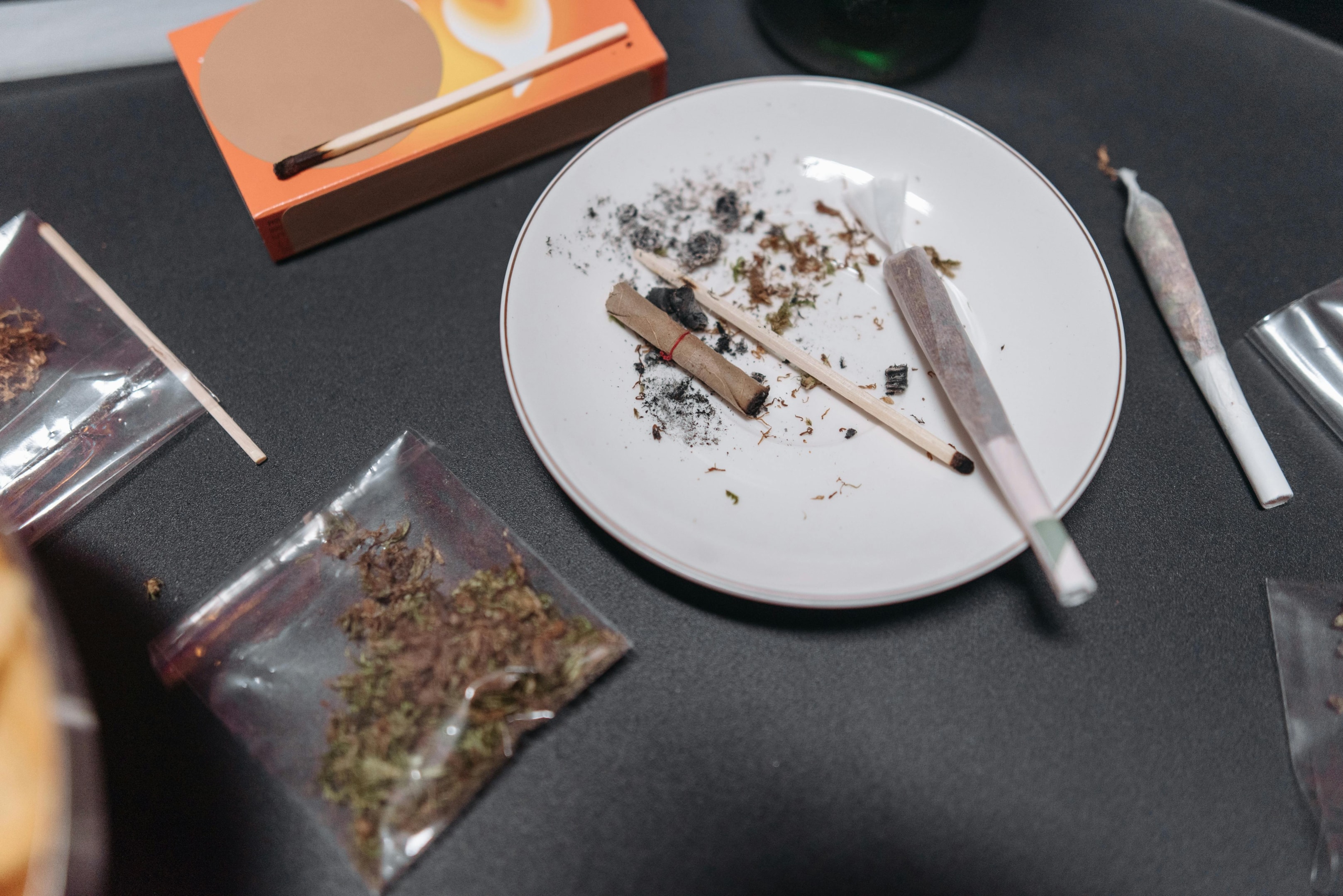
Key Takeaways
- Prerolls have a certain shelf life.
- Effective storage of prerolls can increase the shelf life.
- Avoid using prerolls that are past their shelf life.
Prerolls offer a convenient and hassle-free way to enjoy cannabis, but like any product, they have a limited shelf life. Understanding whether pre-rolled cannabis joints expire and how to store them properly is key to maintaining their freshness, potency, and flavor. In this guide, we’ll explore the factors that influence the expiration of pre rolls, signs to look for when they’ve gone bad, and essential storage tips to ensure they stay at their best for as long as possible.
Understanding Prerolls
Let’s start by first understanding exactly what a preroll is:
What Are Prerolls?
Prerolls are very convenient ready-to-smoke joints made from cannabis flowers. These pre-rolled joints are usually premade for the users, providing a hassle-free experience, and come in different sizes, potencies, and strains. They can be natural or cannabis-infused rolls for enhanced effects.
Composition and Packaging
Apart from cannabis flowers, some prerolls contain terpenes or oils. Ensure they are well packaged to maintain their freshness, increase shelf life, and retain their potency and flavor – airtight containers tend to do a great job at this.
Material Quality
As for quality, the best quality cannabis, like hemp or bamboo-made rolling papers [1], is recommended as they significantly lower the spoilage of the product and improve its freshness. To enhance the taste, the product must be properly cured to avoid dryness as well as preserve strength.
Shelf Life and Expiration
Knowing the shelf life and expiration dates of pre rolls is as important as knowing how to use them for a customer. Certain factors may determine how long these prerolls will last and the dismantling signs that will show when they are no longer good.
Storage Conditions
Pre rolls should always be handled with proper care, as they are highly susceptible to degradation through exposure to light and heat. To preserve their freshness and utmost quality, they can be stored in filtered, temperature-controlled rooms (ideally air-conditioned) that maintain a relative humidity of about 62%.
Storage areas containing high humidity will enable mold growth, and too little humidity causes the joints to dry out, resulting in decreased strength and potency of the preroll.
Packaging
Pre rolls can be properly packaged with airtight seals to help keep the warmth and moisture out. Air and moisture acceleration have the most detrimental effect on the cannabis in pre rolls, consequently affecting potency.
Due to these reasons, the use of proper airtight seals during packaging can greatly reduce the chances of degradation. Most of the manufacturers of pre rolled cannabis joints mention expiry dates on the package as a precaution; however, most customers feel that they are still usable even after the mentioned dates.
What Are the Signs of Preroll Expiry?
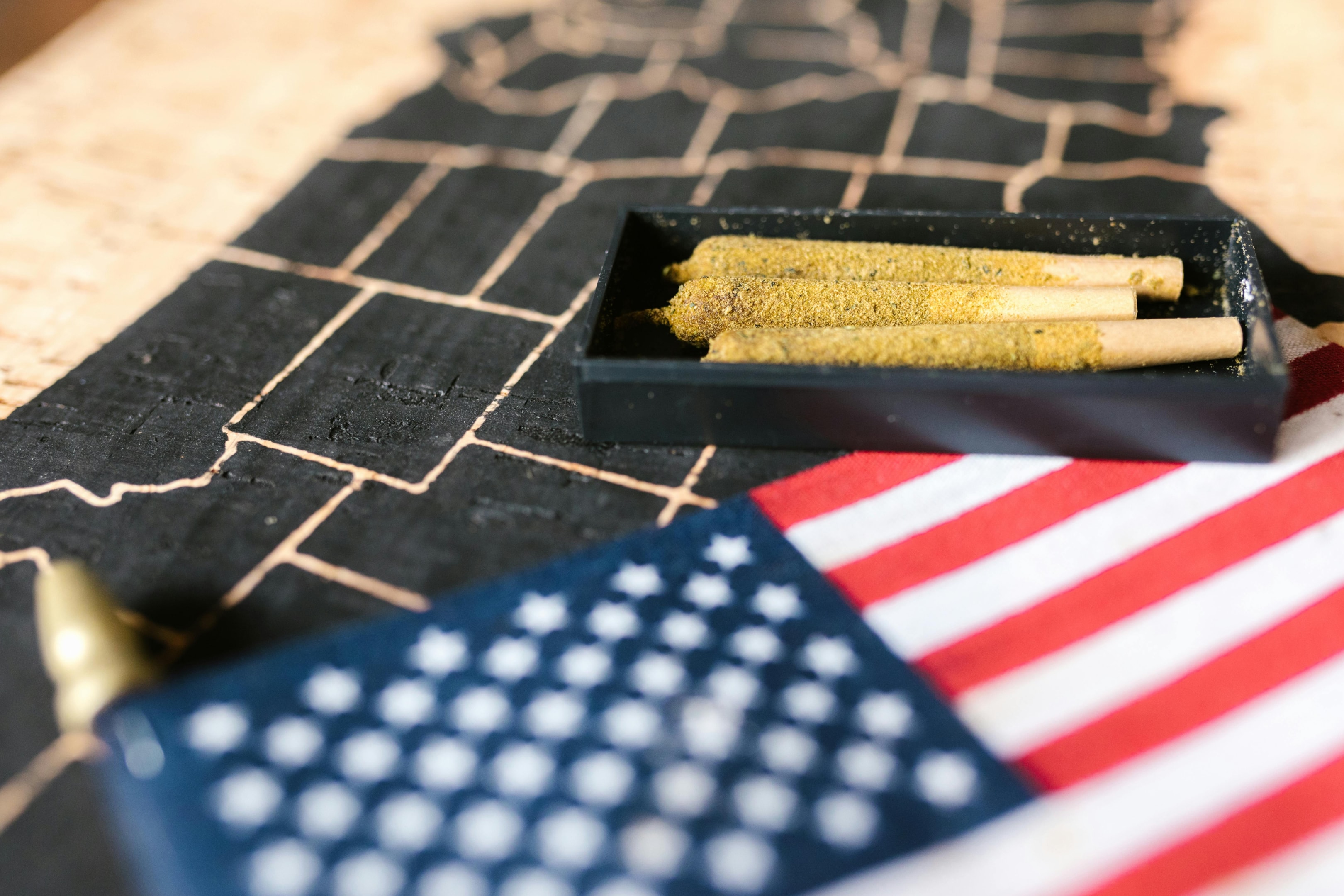
There are several signs that a pre-roll has expired. Visually, look for discoloration, unusual spots, or any growth of mold. Mold typically appears as fuzzy white or gray spots, signaling that the joint is no longer safe to consume.
In addition to visual changes, the odor can also indicate spoilage. Fresh pre rolls typically have a pleasant, aromatic smell, while expired ones often emit a stale or unpleasant odor. If the smell has changed significantly, it may be time to discard the pre roll.
Visual Indicators
It is also quite simple to evaluate the quality of a pre roll physically just by looking at it. Pre rolls should be freshly rolled and should have a similar color to that of high-quality cannabis, which is green or brown.
If some areas seem black or white and/or if the pre roll seems to be discolored, then it may have undergone some discoloration or even mold growth. Another indication is that a fresh pre roll should be firm, and if it feels brittle, dried, or crumbly, then it should not be used as it may have gone bad.
Proper Storage Techniques
To maintain the freshness and potency of pre rolls, it’s essential to store them properly. Here are key storage tips:
Environmental Conditions
Pre rolls should be stored in a cool, dry place, preferably with room temperature between 60°F and 70°F. Relative humidity levels should be between 55% and 65%.
High humidity causes mold, while low humidity will dry up the cannabis plant, leading to loss of taste. This will prevent light from coming into direct contact with them because it can reduce the quality of cannabinoids and terpenes.
Storage Containers
Use a vacuum-sealed plastic bag or an airtight container. Both prevent air and moisture from entering and negatively impacting the content inside keeping pre rolls fresh.
Always make sure to use food-grade plastic containers, as they do not have chemical leaching effects. Storing pre rolls in glass jars or mason jars is an excellent option to ensure freshness.
Impact of Expiry on Efficacy of Pre rolled Joints
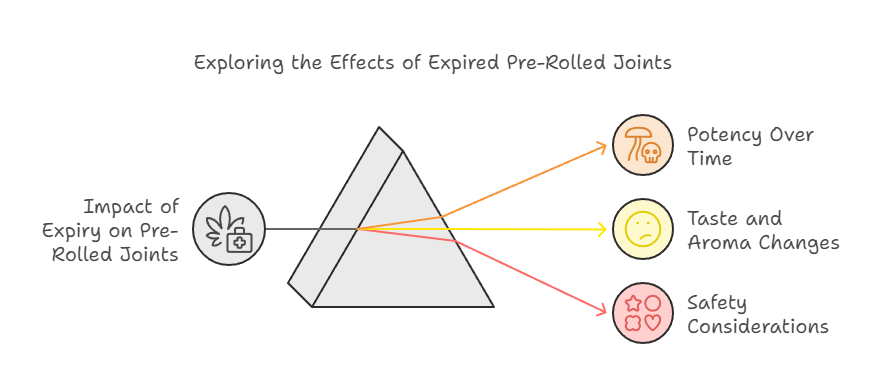
Expired pre rolls can lose potency and flavor. Understanding these changes helps consumers make informed choices. Factors like storage conditions, temperature, humidity, and light exposure affect the shelf life of pre rolls, which in turn affects taste and strength.
Potency Over Time
As pre rolls age, the THC present in them breaks down into a compound called CBN, which has substantially lesser psychotropic effects.
This leads to a reduction in potency, with some studies [2] estimating a range of 20 to 30 percent lower levels of THC in a couple of months. This means that pre rolls that are expired lose their effectiveness, taking away from users who are trying to accomplish a desired result.
Taste and Aroma Changes
Expiry dates affect the taste and smell of pre rolls. Terpenes are responsible for the smell and flavor of cannabis, but as they age, they deteriorate, giving rise to stale and sharp flavors and decreased aroma. Cool and dark storage areas can keep items tasting and smelling as fresh as they were before being aged.
Safety Considerations
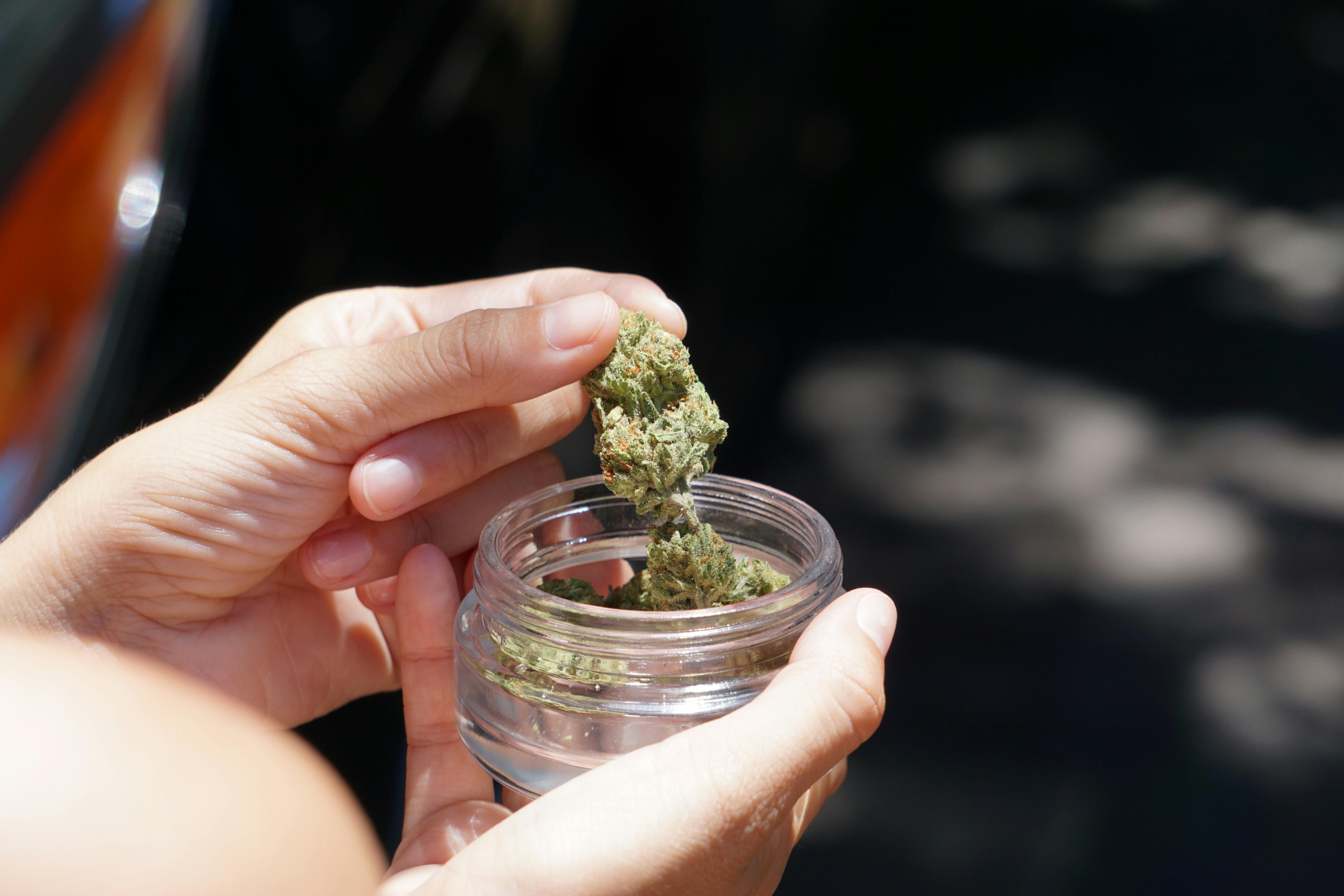
Understanding safety when consuming pre rolls is key to a safe experience, especially regarding expired products.
Consuming Expired Pre Rolls
Apart from losing potency and flavor, expired pre rolls can cause health issues. Mold and bacteria can form on them, which may lead to respiratory issues. It is important to always be on the lookout for expiry signs, such as the joint losing color or any foul odor, before using.
Precautionary Measures To Ensure Prerolls Stay Fresh
There are a few measures you need to observe in order to consume safe pre rolls. These include:
- Check the product’s expiration dates.
- Store your cannabis pre-rolls in cool, dark places away from direct sunlight.
- Examine the joints for odd smells or mold growth.
Regulatory and Legal Aspects
Pre-rolled cannabis joints are subject to strict regulations. These laws vary by state and often include guidelines on labeling, packaging, and expiration dates.
In many jurisdictions, regulations require manufacturers to include a “best by” or expiration date on the packaging. This date informs consumers about the product’s expected quality.
Key points about regulations include:
- State Variability: Each state has different rules regarding cannabis products, including pre rolls.
- Safety Standards: Regulations often mandate that pre rolls meet specific safety standards to protect consumers.
- Labeling Requirements: Clear labeling helps consumers understand the product and its shelf life.
How Can You Extend A Prerolls Shelf Life
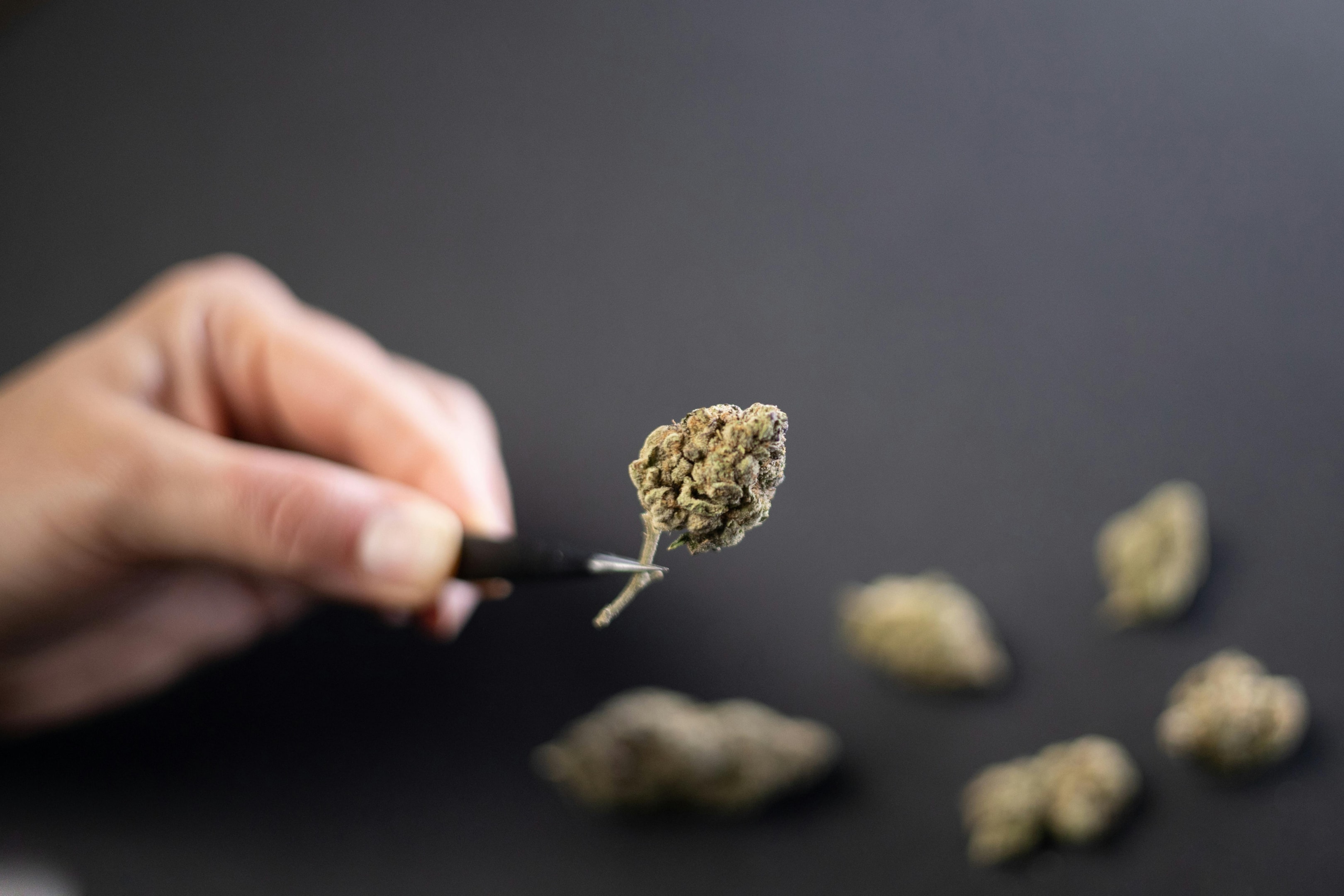
To maintain the freshness of pre rolls, rehydration and revival methods can help address dryness and flavor loss.
Rehydration Methods
Pre rolls can dry out, making them harsh to smoke. Using a humidor or moisture pack helps restore moisture. A simple DIY method is placing a slice of orange or apple in the container to add moisture slowly.
Revival Techniques
Steam inhalation or light misting with water can restore quality to overly dry pre rolls. However, avoid exposing them to too much moisture and let them dry before smoking.
These techniques help extend the shelf life of pre rolls, improving the smoking experience and reducing waste.
How to Properly Dispose Expired Prerolls
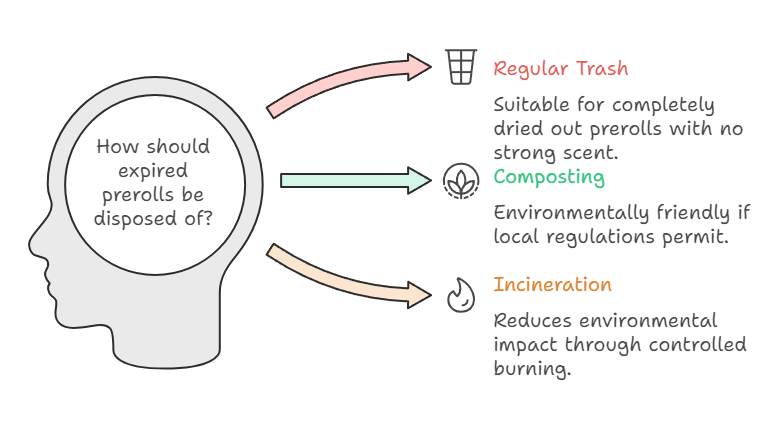
Expired pre rolls should be disposed of safely to avoid any issues. Proper disposal practices help maintain cleanliness and safety in the environment.
Methods for Disposal:
- Regular Trash: If the pre rolls are completely dried out and have no strong scent, they can be placed in the regular trash. This is the simplest method.
- Composting: If local regulations allow, pre rolls containing hemp or cannabis can be composted. Check if the local facility accepts such materials.
- Incineration: Some facilities may offer incineration services for cannabis products. This method safely burns the materials, helping to reduce environmental impact.
Important Considerations:
- Local Laws: Always check local laws regarding the disposal of cannabis products. Regulations vary by location.
- Safety First: Take special care when throwing out the pre rolls. If necessary, wear gloves to prevent skin contact with any residues.
Travel and Transportation Tips

When traveling, the best way to maintain the freshness of your pre-rolls is by sealing them in an airtight container or a glass jar containing a humidity-control packet. Avoiding exposure to direct sunlight and extreme temperatures is also important.
Protecting Pre-Rolls
Use hard, airtight containers or portable doob tubes to protect pre rolls from physical damage. Mason jars or cigar tubes can also help preserve freshness and quality during travel. These precautions ensure pre rolls stay fresh for a longer shelf life.
Conclusion
Although pre rolls are easy to use, it is important to understand they have an expiration date and are, therefore, required to be stored properly. One of the best ways to keep the quality fresh is to store the pre rolls in tight jars and keep them in a dark place to avoid exposure to heat and moisture.
It is also essential to mention that any change in color, smell, or texture is an indication of the item going bad, so expect to dispose of it. Therefore, to get the most out of your experience, smoke the pre roll before it expires. Also, remember, if you keep the pre rolls away from their expiration date and look after them properly, you will avoid the risks that come with smoking expired pre rolls.
Frequently Asked Questions
How long can a pre-roll be stored before it loses potency?
A pre-roll can generally be stored for 6 to 12 months before it starts to lose its potency. Factors like light, air, and humidity can affect its shelf life.
What are the signs of a pre-roll joint going bad?
Signs that a pre-roll joint has gone bad include a dry texture and a harsh taste. If it smells stale or musty, it’s likely time to discard it.
Can pre-rolled joints develop mold, and if so, how can you tell?
Yes, pre-rolled joints can develop mold. This can be identified by a fuzzy or white coating on the surface. An off smell can also indicate mold presence.
How long does the effect of a pre-rolled joint typically last?
The effects of a pre-rolled joint usually last between 1 to 3 hours, depending on various factors, including the strain and individual tolerance levels.
What are the best storage methods to properly store pre rolls?
The best storage methods include keeping pre-rolls in a cool, dark place in an airtight container, such as a mason jar. This helps minimize exposure to light and air, preserving freshness.
Is the shelf life of a half-smoked joint different from an unsmoked one?
Yes, a half-smoked joint is likely to have a shorter shelf life than an unsmoked one. Because it has already been lit, it is more prone to air exposure and, therefore, losing quality through that means.
Reference
- Derek Wright. (2024, April 30). Elemental Composition of Commercially Available Cannabis Rolling Papers. doi: 10.1021/acsomega.3c09580. https://pubs.acs.org/doi/10.1021/acsomega.3c09580
- ElSohly MA, Mehmedic Z, Foster S, Gon C, Chandra S, Church JC. Changes in Cannabis Potency Over the Last 2 Decades (1995-2014): Analysis of Current Data in the United States. Biol Psychiatry. 2016 Apr 1;79(7):613-9. doi: 10.1016/j.biopsych.2016.01.004. Epub 2016 Jan 19. PMID: 26903403; PMCID: PMC4987131.
